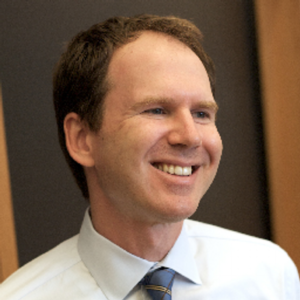
Benjamin Sachs is the Kestnbaum Professor of Labor and Industry at Harvard Law School and a leading expert in the field of labor law and labor relations. He is also faculty director of the Center for Labor and a Just Economy. Professor Sachs teaches courses in labor law, employment law, and law and social change, and his writing focuses on union organizing and unions in American politics. Prior to joining the Harvard faculty in 2008, Professor Sachs was the Joseph Goldstein Fellow at Yale Law School. From 2002-2006, he served as Assistant General Counsel of the Service Employees International Union (SEIU) in Washington, D.C. Professor Sachs graduated from Yale Law School in 1998, and served as a judicial law clerk to the Honorable Stephen Reinhardt of the United States Court of Appeals for the Ninth Circuit. His writing has appeared in the Harvard Law Review, the Yale Law Journal, the Columbia Law Review, the New York Times and elsewhere. Professor Sachs received the Yale Law School teaching award in 2007 and in 2013 received the Sacks-Freund Award for Teaching Excellence at Harvard Law School. He can be reached at [email protected].
As FiveThirtyEight reports today, in a story titled Seattle’s Minimum Wage Hike May Have Gone Too Far, a team of researchers at the University of Washington is out with a new economic analysis of the Seattle Minimum Wage Ordinance. Here’s the abstract, summarizing the main conclusions:
This paper evaluates the wage, employment, and hours effects of the first and second phase-in of the Seattle Minimum Wage Ordinance, which raised the minimum wage from $9.47 to $11 per hour in 2015 and to $13 per hour in 2016. Using a variety of methods to analyze employment in all sectors paying below a specified real hourly rate, we conclude that the second wage increase to $13 reduced hours worked in low-wage jobs by around 9 percent, while hourly wages in such jobs increased by around 3 percent. Consequently, total payroll fell for such jobs, implying that the minimum wage ordinance lowered low-wage employees’ earnings by an average of $125 per month in 2016. Evidence attributes more modest effects to the first wage increase. We estimate an effect of zero when analyzing employment in the restaurant industry at all wage levels, comparable to many prior studies.
And here is how FiveThirtyEight characterizes the study’s bottom line:
Compared to a counterfactual in which Seattle didn’t raise its minimum wage, the number of hours worked by low-wage workers (those earning less than $19 an hour) fell by 9.4 percent over the first nine months of 2016, and the number of low-wage jobs fell by 6.8 percent. Cumulatively, those add up to the losses of 5,000 jobs and 3.5 million hours of work. The average low-wage employee, they found, saw his or her monthly paycheck shrink by $125, or 6.6 percent.
There are, as always, caveats. First, the Washington paper has yet to be subject to peer review – it was released online as an NBER working paper. Second, another recent study – this one from Berkeley – found that the Seattle ordinance “raises pay without costing jobs.” As FiveThirtyEight also reports, the Berkeley study focused exclusively on the fast food industry, and the Washington study itself found no employment effects of the minimum wage hike on the restaurant industry. One possibility, then, is that the Washington study’s broader focus is picking up effects that are missed by the (more traditional) focus on the restaurant industry. Many economists, including Jared Bernstein, however, defend the methodological decision to focus a minimum wage study on restaurants. There are also, as always, additional methodological criticisms of the Washington study. (EPI has a press release and paper that identifies a number of these concerns.)
Then there is an important caveat in the other direction: Seattle might be a city in the best position to absorb minimum wage increases, which means – if the Washington study is right – that the employment effects could be even stronger elsewhere. FiveThirtyEight has MIT economist David Autor observing:
[I]f the policy is hurting workers [in Seattle] — and Autor stressed that the Washington report is just one study — that could signal trouble as the recent wage hikes take effect in lower-cost parts of the country.
The Washington study is one among many to examine the employment effects of minimum wage increases. At this point, it is something of an outlier. But it should not be ignored.

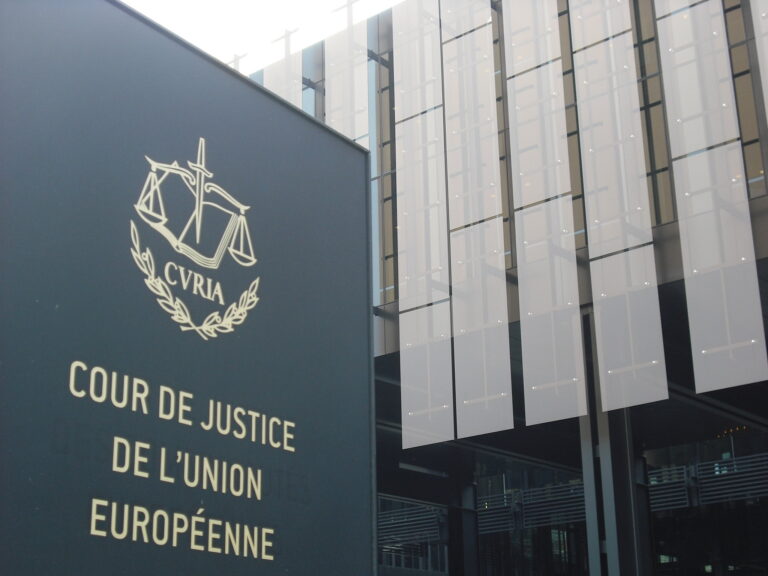

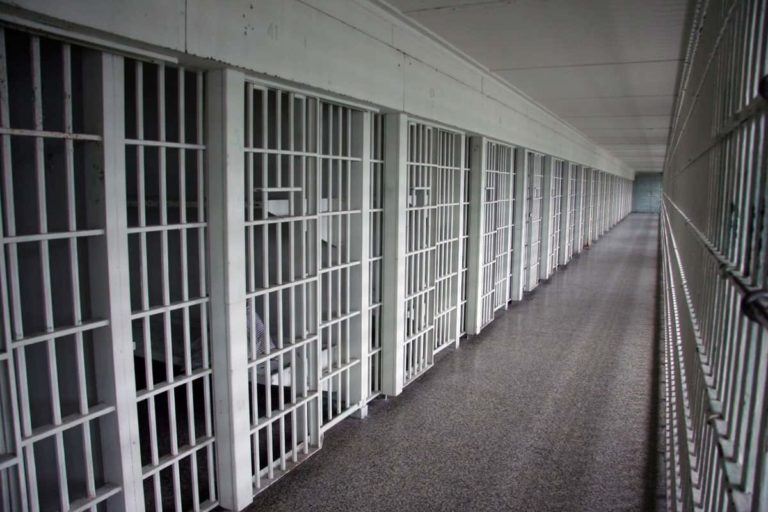
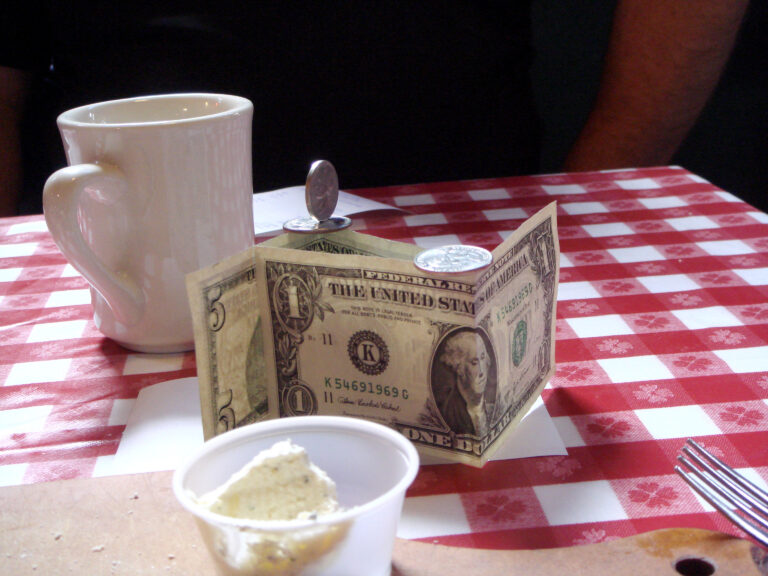

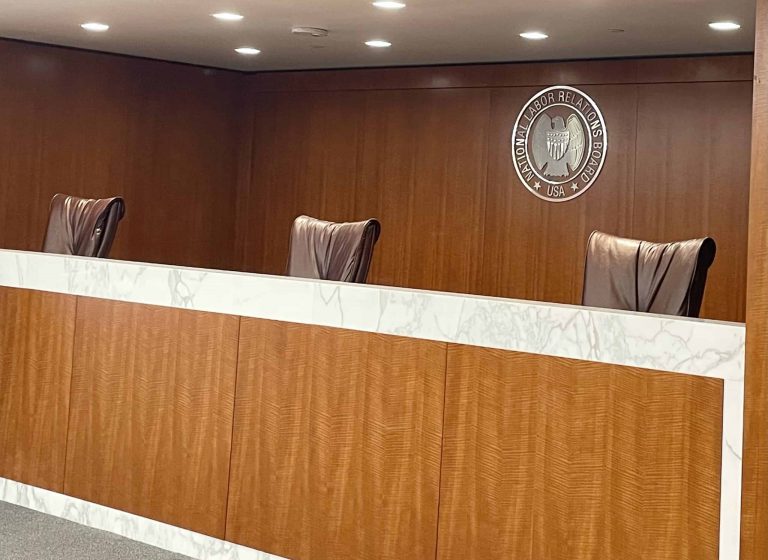


Daily News & Commentary
Start your day with our roundup of the latest labor developments. See all
December 22
Worker-friendly legislation enacted in New York; UW Professor wins free speech case; Trucking company ordered to pay $23 million to Teamsters.
December 21
Argentine unions march against labor law reform; WNBA players vote to authorize a strike; and the NLRB prepares to clear its backlog.
December 19
Labor law professors file an amici curiae and the NLRB regains quorum.
December 18
New Jersey adopts disparate impact rules; Teamsters oppose railroad merger; court pauses more shutdown layoffs.
December 17
The TSA suspends a labor union representing 47,000 officers for a second time; the Trump administration seeks to recruit over 1,000 artificial intelligence experts to the federal workforce; and the New York Times reports on the tumultuous changes that U.S. labor relations has seen over the past year.
December 16
Second Circuit affirms dismissal of former collegiate athletes’ antitrust suit; UPS will invest $120 million in truck-unloading robots; Sharon Block argues there are reasons for optimism about labor’s future.